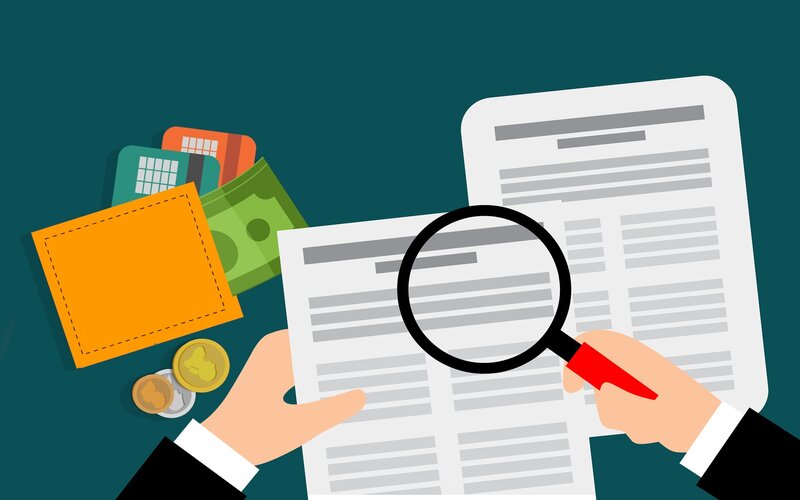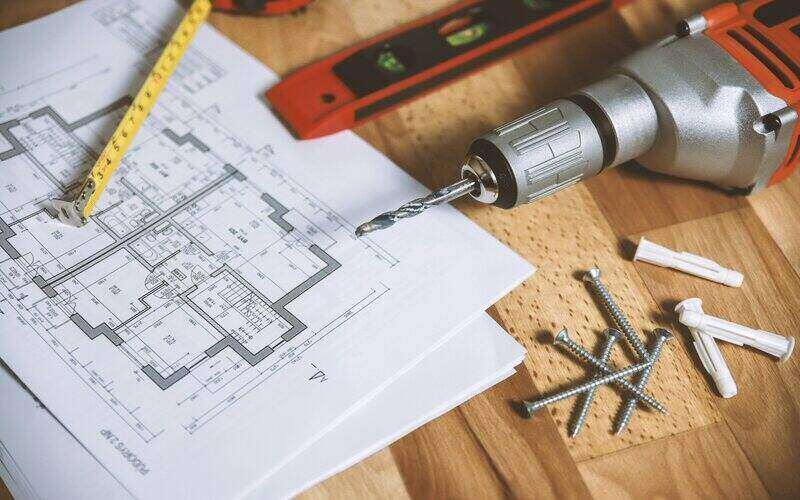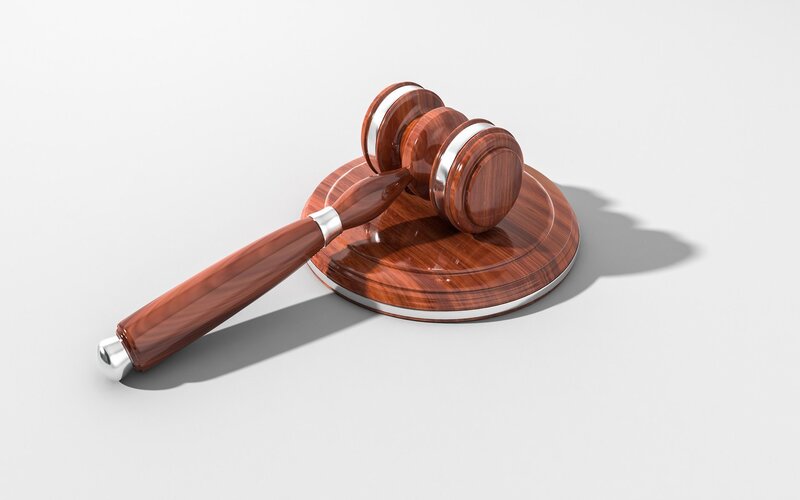Changes to the comprehensive credit reporting (CCR) system are inbound for 1 July 2022 that are set to impact Australians in hardship arrangements.
Currently, any sort of hardship arrangement isn’t visible on a person's credit report.
People that have been impacted by COVID-19 lockdowns, for example, will not have any missed repayments listed on their credit reports.
However, Mike Laing, CEO of the Australian Retail Credit Association (ARCA) and consumer credit reporting website CreditSmart.org.au, said that this is a problem.
"There's no way to distinguish in the credit reporting system between someone who had made all of their real payments, or somebody who wasn't required to make any payments and hadn't made any payments for three or six months," Mr Laing told Savings.com.au.
This means that lenders looking at an applicant’s credit report won’t know whether they’re currently in hardship or not.
This could be important information for the lender to know, especially if their current situation inhibits them from managing a new credit product.
Mr Laing told Savings.com.au about the new changes incoming for next year, saying that people that enter into 'emergency' hardship arrangements will now have a 'hardship flag' listed on their credit reports.
What exactly will the CCR changes look like?
As of 1 July 2022, Mr Laing told Savings.com.au that the hardship flag will serve as a heads up to lenders that something is going on with an applicant, without having to pry into details.
"The lender won’t know what's actually going on," Mr Laing said.
"Your repayment history will reflect whether you're complying with the hardship arrangement, not with your actual real underlying payments required."
A credit report is not a public document that anyone can look at, so lenders will only see it when a person is applying for credit with them.
"From a consumer perspective, when they see their credit report after they agreed to a hardship arrangement, they should understand how it will be reported," Mr Laing said.
This legislation will not cover formal debt agreements, where a person has likely defaulted on their loan.
Instead, it will flag people that have had an 'unexpected' event happen that will temporarily stop them from making their repayments.
Essentially, it's for a repayment pause that is short-term, rather than long-term.
Mr Laing said the obvious example of an emergency hardship arrangement is the COVID pandemic, when at one stage one in 10 mortgages in Australia were deferred.
However before this, people impacted by bushfires or even a broken leg can warrant an emergency agreement with their lender to pause repayments.
He said these people likely still have a good relationship with their lender, and that they usually always make their repayments on time.
"No doubt" that BNPL is a credit product
In addition to new changes incoming for CCR reporting, Mr Laing warned about tricks and traps people fall into with buy now, pay later (BNPL) spending, highlighting that BNPL usage can affect your borrowing power in the future.
"I know some people claim buy now pay later isn't credit, but it definitely is," Mr Laing told Savings.com.au.
"There's really no difference between buy now, pay later and a credit card."
Mr Laing said that even though there are currently no BNPL providers that contribute information to credit reporting bureaus, lenders can still see BNPL spending.
"They can see that through your bank statements," Mr Laing said.
He also 'fully expects' BNPL platforms to eventually take part in the credit reporting system, saying it’s in both consumers' and the industry’s best interests to report good credit behaviour.
"Most buy now, pay later users are totally fine with it; they understand it, they pay it back, they’re in control of it," Mr Laing said.
"But unfortunately, like other products, there is a segment of the buy now, pay later population that get into trouble and because it is particularly easy to access - it's very easy to get into trouble."
Mr Laing's advice is to treat every product the same, and that if you’re going to use a credit card or BNPL product, make sure you have the capacity to make your repayments.
Image by Mohamed Hassan on Pixabay



 Denise Raward
Denise Raward

 Harry O'Sullivan
Harry O'Sullivan
 Hanan Dervisevic
Hanan Dervisevic
 Rachel Horan
Rachel Horan

